7 Tips to Master Google TV's Personalized Recommendations
Google TV brings you personalized viewing, doesn't it? A never-ending supply of programs and films perfectly suited to your tastes. But sometimes it feels like it's suggesting things for a completely different person. If you're tired of swiping through weird suggestions, you've come to the right place. This isn't magic; it's giving Google TV the right clues. Here are 7 helpful tips to help you refine those suggestions and receive more of what you actually want to see.
Tip 1: Optimize Your Viewing History
Look at your viewing history; the primary textbook Google TV reads about you to get to know you. Everything you watch in a program, a film, or even a trailer is tracked (usually through your linked Google account, including YouTube). That data carries a lot of weight in what's on your home screen. If that history is messy or doesn't reflect your tastes right now, your recommendations will be far off.
So, what can you do? Own that history. You'll typically need to do this via your main Google Account settings, which you can access with a web browser or sometimes via the Google Home app. Look for sections like "My Activity," "Web & App Activity," or, specifically, YouTube history if that's linked. Browse through it every now and then. See that weird documentary series your cousin watched when they visited? Or that kids' show your nephew streamed for hours. Delete those entries! Deletion of unessential or stale watches ensures the data Google TV is dealing with is actually about you and what you like right now. A clean history implies neater signals and, hopefully, improved suggestions.
Tip 2: Rate Content Effectively
Although Google TV's UI doesn't have a thumbs-up/down button printed on every single item like some streaming apps, interacting with content still matters. When you do see options to rate, like, dislike, or indicate interest (sometimes hidden in menus you access by long-pressing an item), use them!
Utilize these ratings as feedback. A thumbs-up or marking something as being on your watchlist says, "Yes, more like this!" A thumbs-down or explicitly hiding a suggestion sends the opposite message: "Nope, definitely not this." Even with limited choices, consistently using whatever rating or interaction options are available communicates your preference more strongly to the algorithm than relying on only viewing history. Don't sit back idle; tell the system your view when you have a chance.
Tip 3: Utilize Watchlists
Your Google TV watchlist isn't just a handy reminder list; it's a powerful tool for signaling your interests directly to the recommendation engine. When you add a movie or show to your watchlist, you're essentially telling Google TV, "Hey, I'm interested in this type of content, even if I haven't watched it yet." This is a strong positive signal.
Make curating your watchlist a regular habit. Here’s how to make it effective:
- Be Intentional: Don't just dump everything vaguely interesting there. Add titles that genuinely reflect genres, actors, or themes you want to see more of.
- Keep it Updated: Tastes change. Periodically review your watchlist. Remove things you're no longer interested in or that you've already watched elsewhere. An up-to-date watchlist provides a clearer picture of your current preferences.
- Use it for Discovery: Found something cool recommended on a website or by a friend? Search for it on Google TV and add it to your list. This actively feeds your interests into the system.

Tip 4: Explore Diverse Genres
It sounds counterintuitive in your ear as counterintuitive, but if you confine your watching entirely to crime thrillers, then Google TV might someday only ever show you crime thrillers, leading to that worst nightmare, recommendation fatigue. Algorithms prefer data, and sometimes, you must give them a broader range of information about what you like. Intentionally deviating from your established routines can make your recommendations all the more delicious in the long run.
Shake your mind and branch out. Watch a highly rated documentary, view an off-brand genre you usually skip, view a foreign film, or view a stand-up special. You don't necessarily have to like everything you view, but every additional data point lets the algorithm know the breadth of your interests, not the depth in one category. It's diversifying the algorithm's education on you. Maybe set a small target, like viewing a single movie or TV show of an unfamiliar genre each month.
Tip 5: Engage with Google TV Features
Google TV often has built-in features designed to help with discovery and personalization. Actively using these can improve your experience and feed the recommendation engine more data.
- Voice Search: Use the voice command feature ("Hey Google, show me sci-fi movies from the 80s" or "Find movies starring Florence Pugh"). This is not only efficient but also tells Google exactly what you're looking for, providing valuable, specific data.
- User Profiles: If multiple people use the same Google TV device, definitely set up separate user profiles. This is crucial! When everyone uses the same profile, the viewing history and preferences become a jumbled mess, making accurate recommendations impossible. Ensure each person switches to their profile before watching.

Tip 6: Provide Feedback
Don't just sigh and scroll past bad suggestions—actually tell Google TV it got it wrong. Most recommendation systems offer some way to reject or down-rank suggestions you don't like.
Look for commands like "Hide this," "Not interested," "See less like this," or equivalent words. These might appear if you long-press on a suggested title or tap a small menu button (like three dots). Repeatedly using these feedback channels helps eliminate bad ideas. It's kind of telling the algorithm, "You're cold," nudging it back to what you actually love. Eventually, this negative feedback is as important as positive feedback. If there are persisting issues or ideas for enhancing Google, you might consider examining official Google help forums or groups; sometimes user comments there will inspire future developments.
Tip 7: Leverage External Tools
While Google TV aims to be an all-in-one hub, sometimes, external apps and websites can significantly help your discovery process, which you can then feed back into Google TV.
Apps like JustWatch, Reelgood, or TV Time allow you to track shows across multiple platforms, get recommendations based on different algorithms (or even friend activity), and see where specific titles are streaming. Use these tools to find things that genuinely interest you. Once you have a title, go back to your Google TV, search for that specific title, and add it to your watchlist or start watching. This combination—using external tools for broad discovery and then explicitly signaling your interest within Google TV via search and watchlist—can be very effective at steering recommendations your way. Stay curious about new tools or integrations that might emerge to work alongside Google TV.
Master Your Google TV Experience
Getting Google TV's recommendations right is not about finding a secret button; it is about taking a proactive role in shaping the system. By managing your history, annotating content, curating your watchlist, shaking up your viewing, using built-in features, giving feedback, and leveraging external tools, you can significantly improve personalization. Use these recommendations regularly, and you should be able to make your Google TV home screen a great deal more personalized and pleasant to look at, allowing you to spend less time scrolling and watch content that you really love more often.
U:astering-google-tv-personalized-recommendations
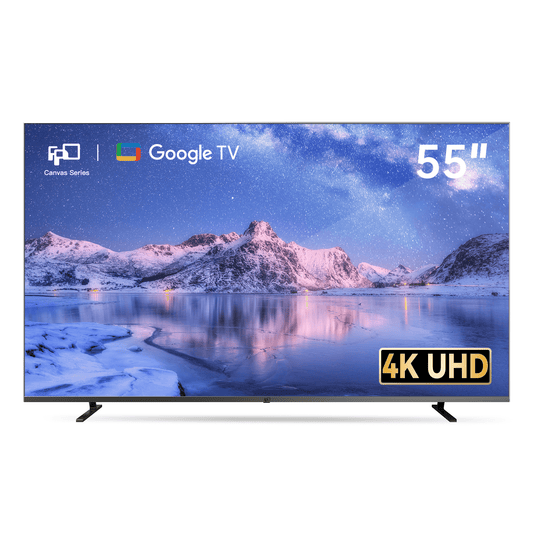
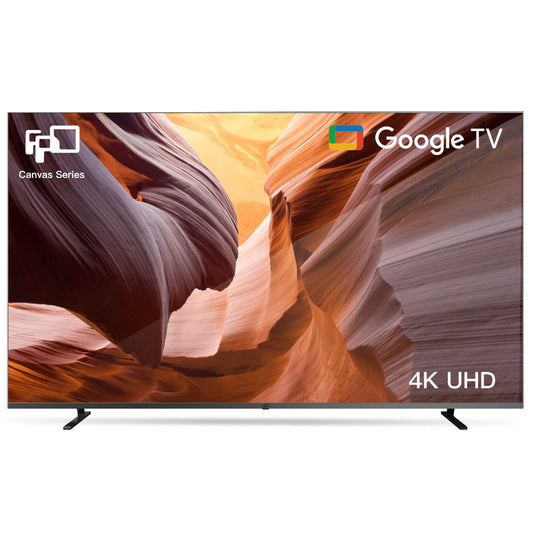
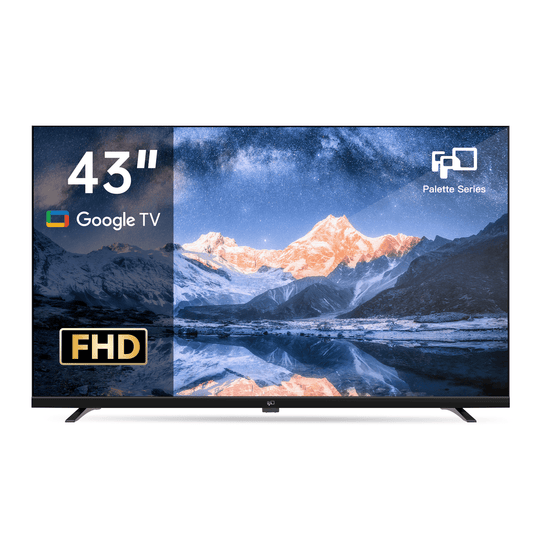
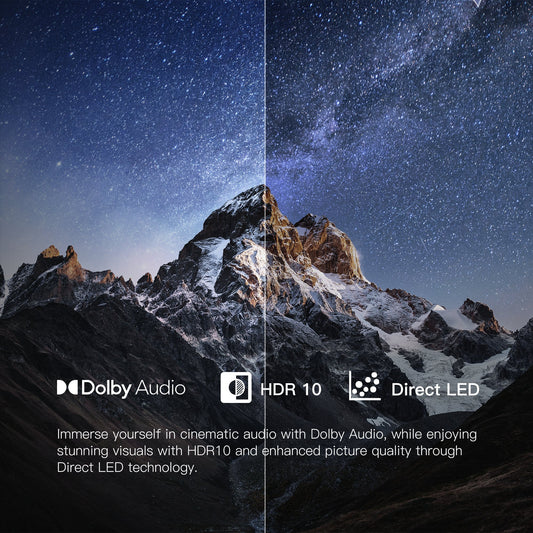

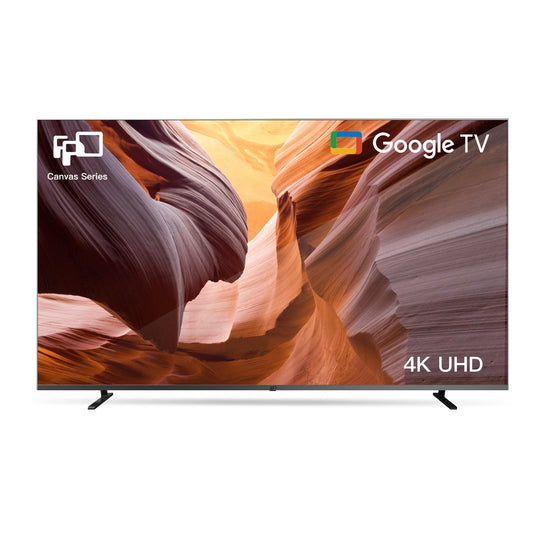
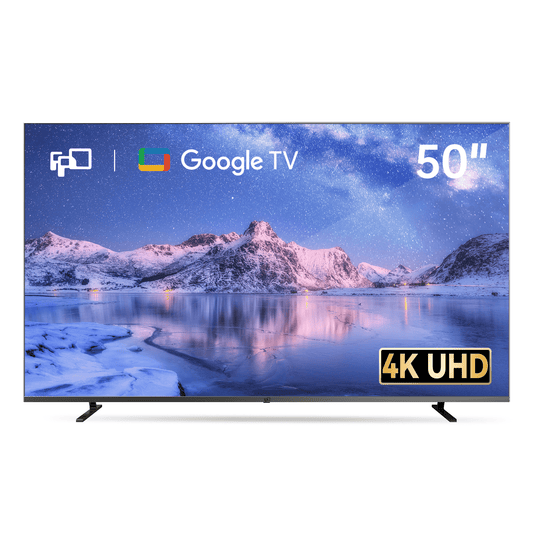
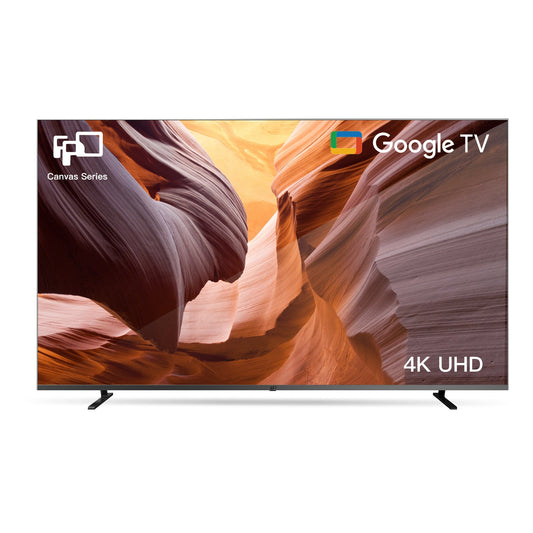

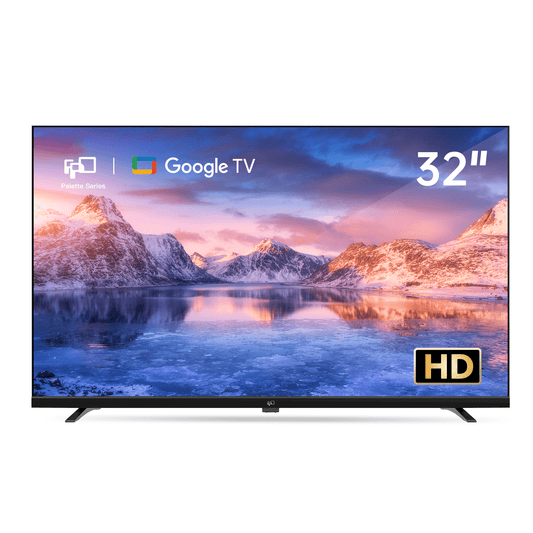
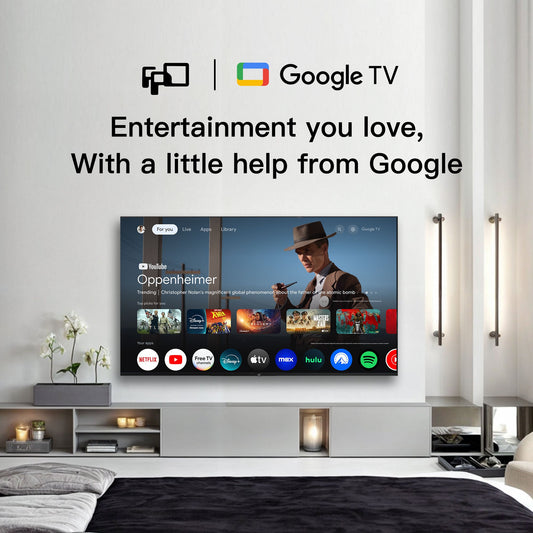
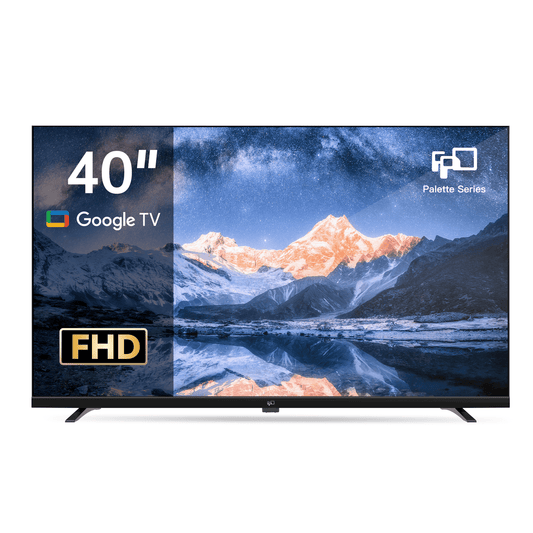
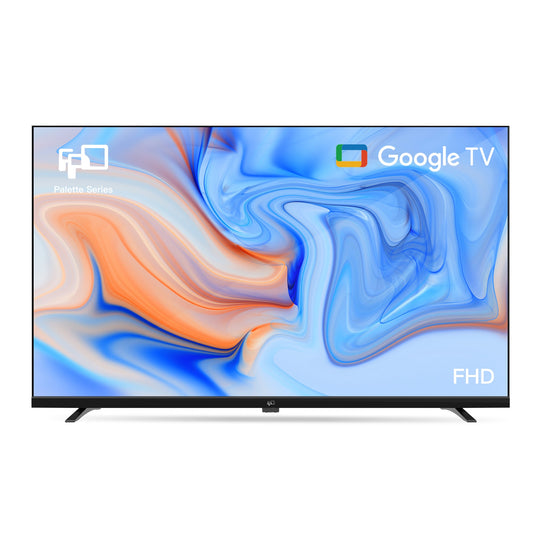
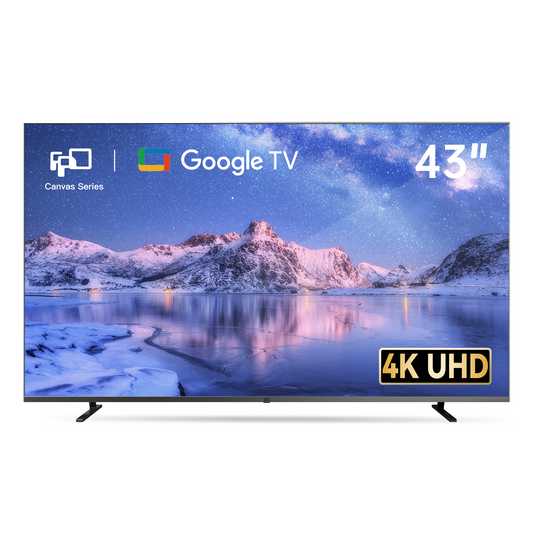
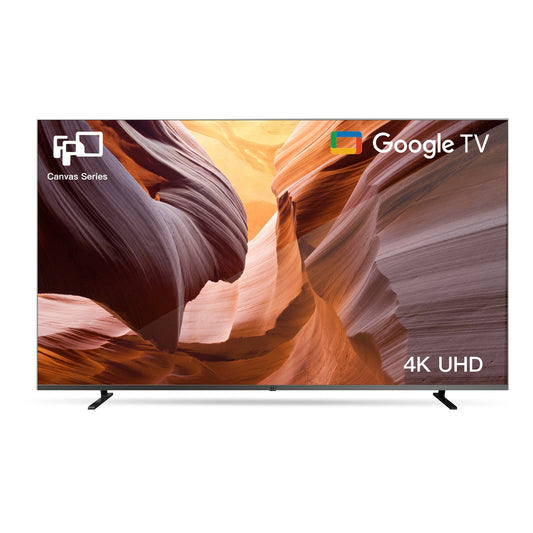
Leave a comment
Please note, comments need to be approved before they are published.